(Gerry Furth-Sides) If you shop in Mexican markets here in the United States, you know the smart little Mantecada as a muffin snuggled in its gaily colored red wrapper. So popular, the smart packages of six usually merit a display shelf of their own in the bakery section or near the door.
Batter poured into cupcake wrapper-lined tins currently gives the Mantecada its shape. But this was far from the case when it was first was created, only a short time before it truly became transformed after a journey overseas.
How did this happen? The history of recipes can be as fascinating as the item itself as you move from origin, the simple availability and cost of ingredients that always seems to play the most prominent role, then to how bakers adapted it.
The two-century-old history of Mantecada is fascinating. It began in the Andalusia (NW) region of Spain. They still thrive in Astorga Espana, in the province of León, as well as in the nearby Maragateria comarca. The name itself translates to “with manteca.” In Spanish, “manteca” refers to any solid fat, usually lard, shortening or even butter.
The actual Mantecadas de Astorga cake was invented by pastry chef, Juan de la Mata, in the 18th century. He made his sweet cake by whisking plain flour, eggs, butter, lard, and sugar into a dough, and then baking it in a square-shaped, paper mold.
This original Mantecadas de Astorga, very sweet and mild in flavor, was dominated by the aroma of butter and eggs. The small cakes usually only weighed a little over an ounce and measured only about two inches square.
Yet the simple recipe inspired many modern versions, with of them using olive oil in place of butter, and eventually were embellished with the delicate aromas of vanilla or spices.
The first incarnation from Spain was a spongy pastry similar to a muffin in taste. They were baked in a cajitas,or in classic Spanish, caixetes” – a liner paper folded into a little box, each paper handmade by a local artisan. The startling imprint of the baked mantecada on the paper after it is taken out leaves a dramatic cross-shaped silhouette on the paper. Is the drama on the paper or on the bottom of the cake?
In the Andalucian region, these soft and crumbly pastries remain a Christmas tradition. They are carefully baked in the same way by over 80 factories, with several towns still claiming they were the original locations after all these years. And why not?
Mantecadas de Astorga’s rectangular form itself is so special that it actually holds a certification granted to the city of Astorga, in Spain. The decree even stipulates that they must be made with butter. Befor baking they are sprinkled with sugar to obtain a crispy top.
So why are Mexican mantecadas made with oil? Master Baker, and historian Alex Peña speculates that “the name of the pastry stuck even after the recipe, the technique and the form changed after it was brought from Spain to Latin America, landing first in Brazil and then Mexico on its trip to the United States.
“The ingredients first changed based on availability,” explains Peña. I, myself, have seen a majority of bakeries in Mexico, now going back 60 years and more, having to change ingredients in classic versions of bakes based on product availability and equipment. The level of sugar especially changed as the recipe traveled because of these factor.
“Butter was available in northwestern Spain but not always in the new world. So most likely, butter was replaced with oil, which not only was available but much cheaper than butter at the time during the 1800’s. These days it continues to be used because it gives the tops a golden tone with a crispy texture, without sprinkling sugar.”
Availability and economics most likely also account for the difference between Mexican mantecadas being baked in simple red baking cups, which are less expensive in material and labor than the more complicated, handmade little “cajillas”.
“Another reason for changing the little box to a cup liner comes probably from the baking temperatures used,“ observed Peña. “Different paper baking products have specific maximum temperature tolerances. For parchment paper, it is usually around 425ºF. But some Mexican mantecada recipes call for temperatures as alarmingly high as 430ºF. So regular parchment is not recommended. Classic red cups made of glassine, are water and grease resistant, and have a maximum temperature tolerance of 450ºF.
Another intriguing aspect of the story is the influence that major port cities play in the history of a dish as so many versions change as they pass through. Master Baker Peña pointed out that Vera Cruz, which was the biggest port in Mexico, is known for the importation of the orange. This became important in the orange-flavored Polvorone or Pan de Polvo. Nothing is documented, but Peña notes that it is most likely that the “new world” versions of the Mantacada may also have picked up its orange note or citrusy note in Vera Cruz.
Peña added, “like the journeymen bakers who arrived here in LA in the 80’s with different versions of breads and desserts, these bakers from Spain may not have been aware of protecting the original classic recipes, or even know them. They weren’t intentionally bringing up a new repertoire of recipes, they were simply baking what they knew while looking for better paid jobs.”
To add to the fun of unraveling this mystery, we were treated to wine from the very same northwest region of Spain when Alluvial Wines hosted wine tasting event recently. Congenial, thoughtful owner Sean Norton, owner of Por Que No? poured excellent wines from this very region in northwest region of Spain. So we had to ask him about the Mantecada.
After researching it a bit, he came up with a theory that seemed to fit and added a spiritual note. “The Camino de Santiago route passes through Astorga and through numerous wineries along the way to the Santiago de Compostela,” he reported. “We import several wines with vineyards and wineries located along the Camino. One of those is Anónimas Viticultoras and when I last visited, pilgrims walking the path came through during our meeting. The owners stopped everything to provide them with wine and something to eat. I came to learn that this is a regular practice for many of the wineries along the Camino.”
IIt seems that Astorga is the head of one of the most extensive and oldest dioceses of Spain and lies at the junction of the route taken by the French on the pilgrimage. So, both the Mantecada and the wine that originated along the original Camino or Path are exceptional, unique and of the most exciting, lasting creations in Spain.

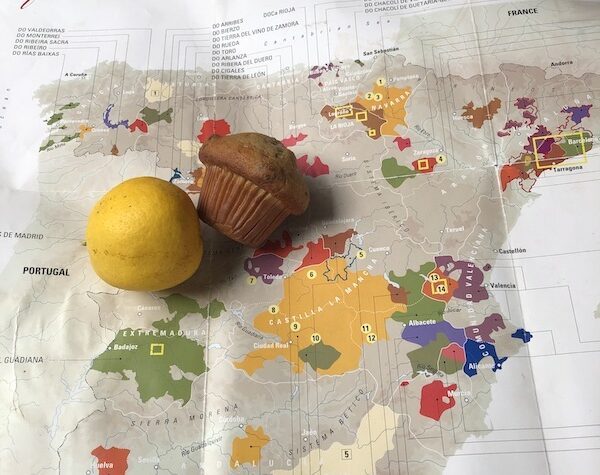

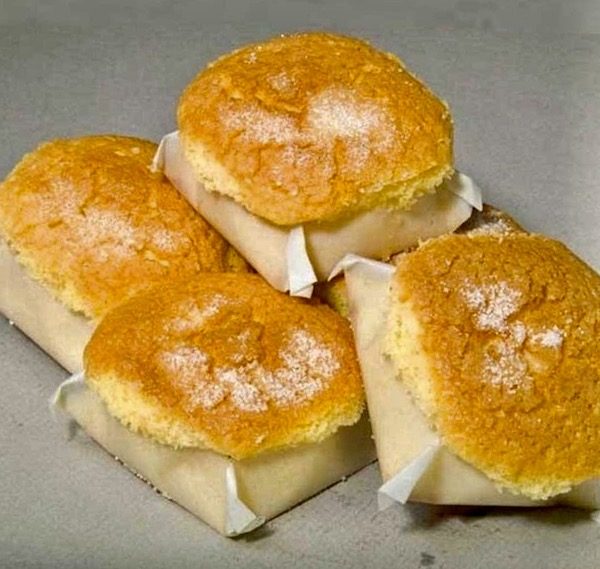
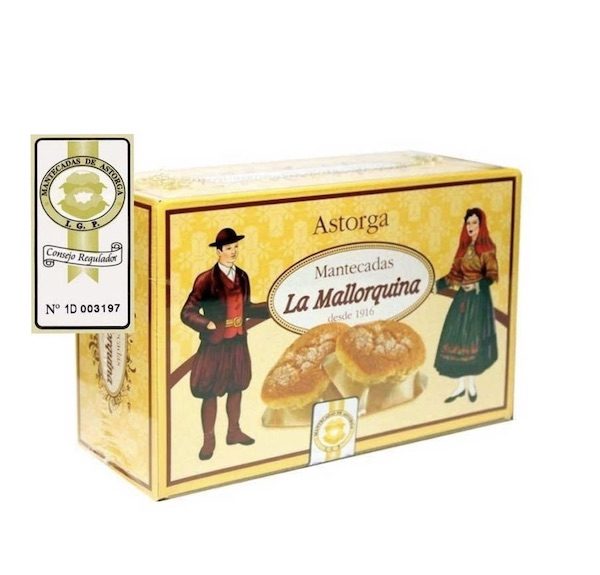
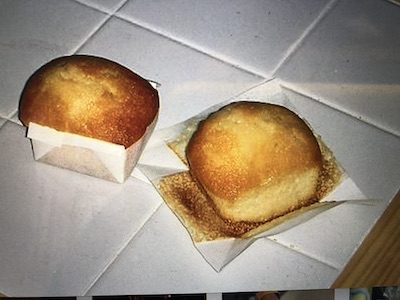



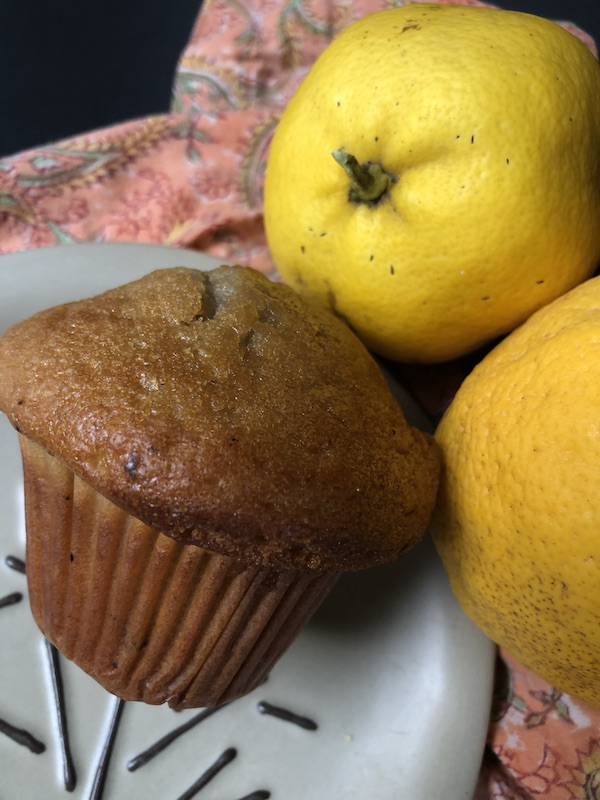

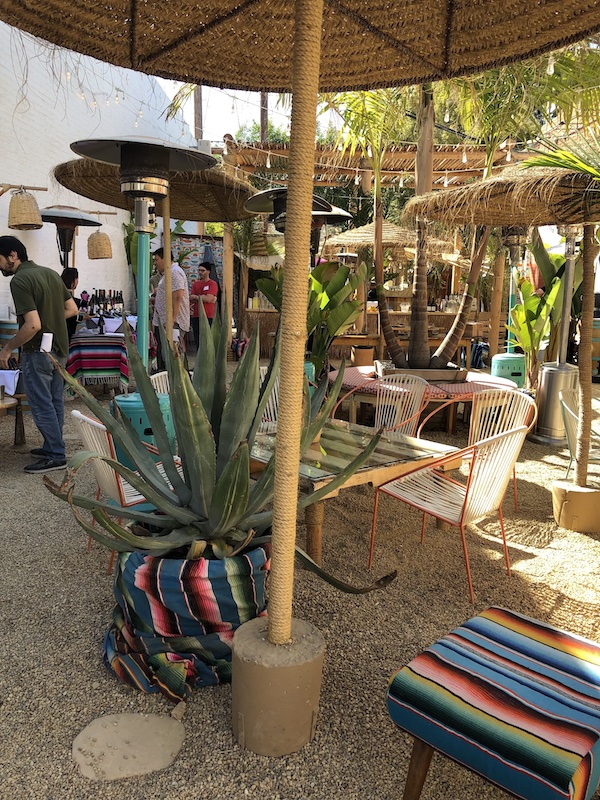
 Gerry Furth-Sides
Gerry Furth-Sides  Barbara Hansen
Barbara Hansen  Chef-owner Alain Cohen
Chef-owner Alain Cohen  Roberta Deen
Roberta Deen  Jose Martinez
Jose Martinez  Nivedita Basu
Nivedita Basu